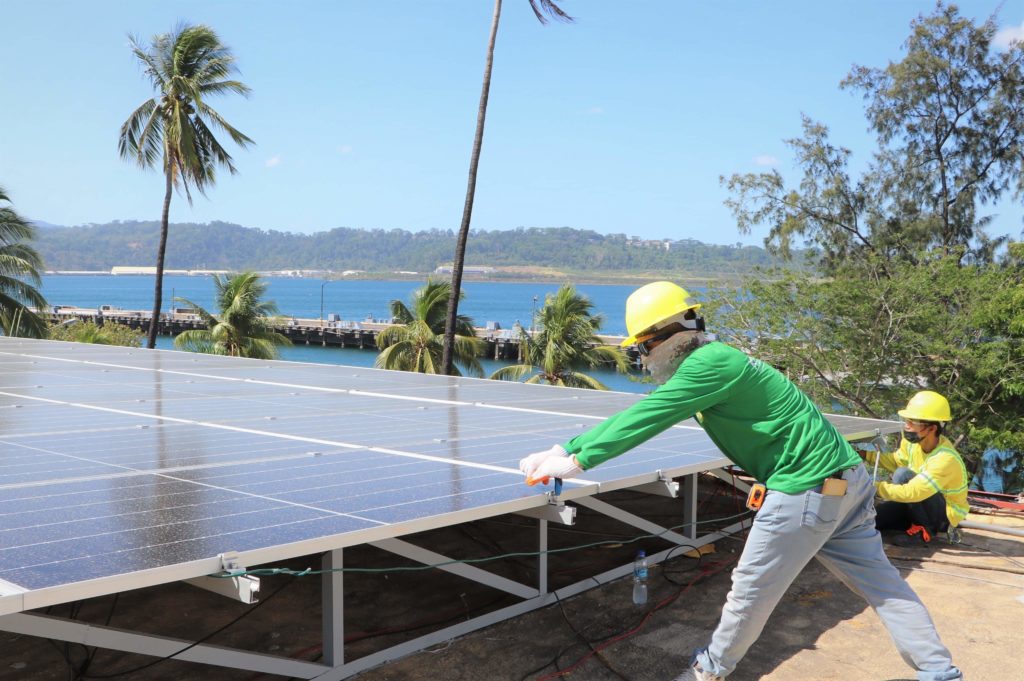
Sa tumataas na gastos sa kuryente para panatilihin ang office operations at serbisyo publiko, lilipat na ang Subic Bay Metropolitan Authority (SBMA) sa renewable energy upang makatipid sa power cost at makatulong sa pag-promote ng sustainable development.
Ayon kay SBMA Chairman at Administrator Wilma Eisma, mayroon nang Grid-Tied Solar Power System ang kanilang dalawang main office building; Building 229 at Building 255.
Makatutulong ito upang makatipid sa konsumo ng kuryente mula 12 hanggang 39 porsyento.
“SBMA is going green—which is not only good for the environment, but is even economically inevitable because that’s the way things are shaping up,” pahayag ni Eisma.
Nakatakda na aniya ang paglalagay ng solar systems sa anim pang pasilidad ng SBMA, kabilang ang Remy Field sports complex para sa kaparehong solar system upgrades.
Itinuloy ng Subic agency ang green innovation matapos ang pilot project sa SBMA Regulatory Building na naging matagumpay dalawang taon na ang nakakalipas.
“With these solar power sources, we expect not only to save on electricity billings, but also to sell some of the excess power that we can export back to the grid,” giit ni Eisma.
Dagdag pa nito, “Our computations place savings in the vicinity of P807,476 each year for Building 255, with close to 39 percent reduction of electric consumption, while savings for Building 229 would be around P415,970 per year at close to 12 percent reduction of electricity use.”
Ayon naman kay Engr. Tony Rafanan mula sa SBMA Telecommunications Department, aabutin ng P6 milyon ang halaga ng pagkakabit ng solar power systems sa kada gusali. Papatak naman ng P19 milyon ang kakailanganin para sa Remy Field.
Ngunit, bawat gusali na may solar power system ay makakapagtipid ng P60,000 hanggang P120,000 kada buwan, depende sa paggamit nito.
“The higher the generated power would be, the bigger the savings,” ani Rafanan.
Punto pa nito, “At this rate, we can already expect a return of investment or ROI in just 5.6 years, which is very favorable considering that the solar panels have a life expectancy of 25 years.”